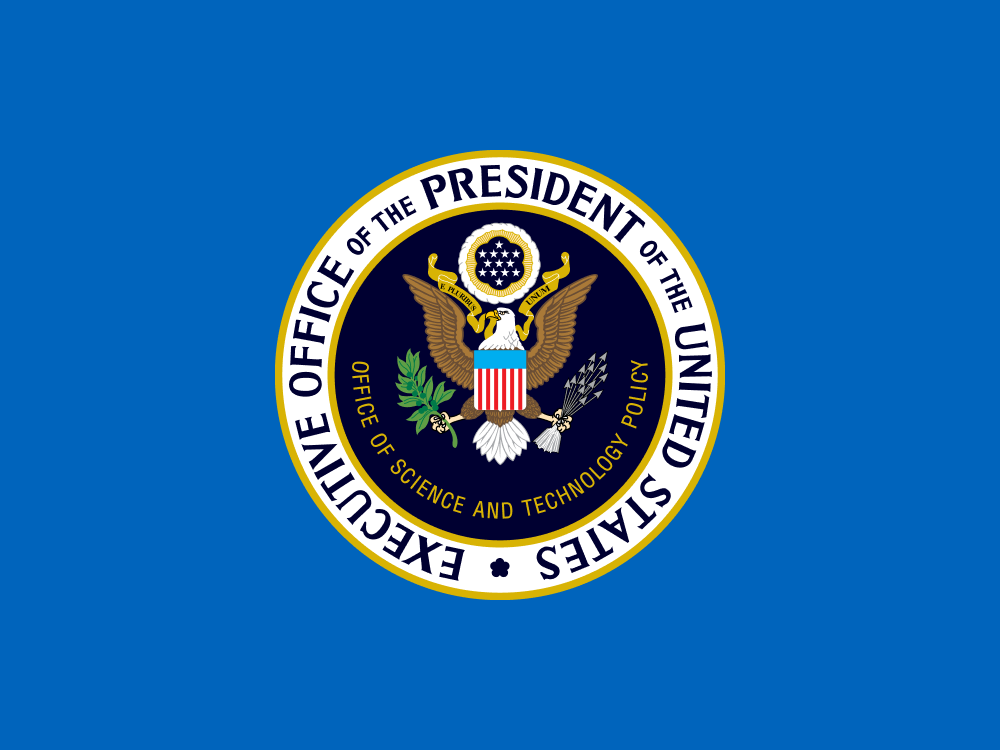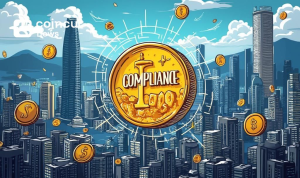The Office of Science and Technology Policy (OSTP) released a study examining the design choices for 18 central bank digital currency (CBDC) systems for prospective adoption in the United States, as instructed by President of the United States, Joe Biden.

The 18 CBDC architecture options were technically analyzed in six main categories: participation, governance, security, transactions, data, and adjustments. The OSTP anticipates technological difficulties and practical constraints when attempting to establish a permissionless system regulated by a central bank, adding:
“It is possible that the technology underpinning a permissionless approach will improve significantly over time, which might make it more suitable to be used in a CBDC system. However, given the state of the technology, most of the analysis that follows assumes that there is a central authority and a permissioned CBDC system.”

The analysis assumes a central authority and a CBDC system with permissions. Sections include:
- Does not presuppose that a CBDC system would use any particular technology (e.g., a distributed ledger technology or a centrally managed database);
- Does not assume that a CBDC system would maintain identical functionality to cash;
- Does not take any position on whether establishing a CBDC system would be in the best interest of the United States;
- Does not prioritize the design choices in order of importance;
- Does not claim that the list of design choices is complete;
- Does not assume a particular distribution model, but does, for the sake of analysis, focus on design choices with more applicability for a retail CBDC system;
- Does not assume that all applicable design features need to be incorporated into a CBDC system at initial deployment;
- Does emphasize that many design choices are linked to other design choices; and
- Does, for the sake of analysis, focus on the two endpoints for the spectrum of possibilities for a design choice, even though hybrid options are possible, or potentially desired.

The report’s preference for an off-ledger, the hardware-protected system was noted in the technical study for a US CBDC system. The report will eventually outline the many trade-offs policymakers choose to make while completing the design choices following the establishment of a US CBDC.
The OSTP suggested monitoring and regulation on September 8th, while assessing the environmental and energy effect of crypto assets in the United States.
DISCLAIMER: The Information on this website is provided as general market commentary and does not constitute investment advice. We encourage you to do your own research before investing.
Join CoinCu Telegram to keep track of news: https://t.me/coincunews
Follow CoinCu Youtube Channel | Follow CoinCu Facebook page
Harold
CoinCu News























